It is no surprise that portable fireplaces have emerged as a popular heating solution. That is because this cutting-edge marvel has the right blend of functionality and aesthetics. In this article, we will explore the various types of portable fireplaces available in the market, their features, benefits, and considerations to help you decide on which one to opt for.
What is a Portable Fireplace?

Let’s kick things off with the definition.
A portable fireplace is a compact and versatile heating device that offers the charm and warmth of a traditional fireplace without the need for complex installations or renovations. It is designed to be easily movable and can be placed in various locations within a home or even outdoors.
Furthermore, unlike built-in fireplaces, which require permanent fixtures and often involve extensive construction work, portable fireplaces are standalone units that can be set up with minimal effort. They are typically fueled by electricity, gel fuel, ethanol, or propane, depending on the type.
Portable fireplaces come in a range of styles and designs, from wall-mounted units to freestanding stoves or tabletop models. They offer adjustable heat settings, flame intensity, and other customizable features to suit individual preferences.
With their convenience and flexibility, portable fireplaces provide homeowners and renters with the ability to enjoy the cozy ambiance and comforting warmth of a fireplace in any room or space, making them a popular choice for enhancing both functionality and aesthetics within a living space.
Types of Portable Fireplaces
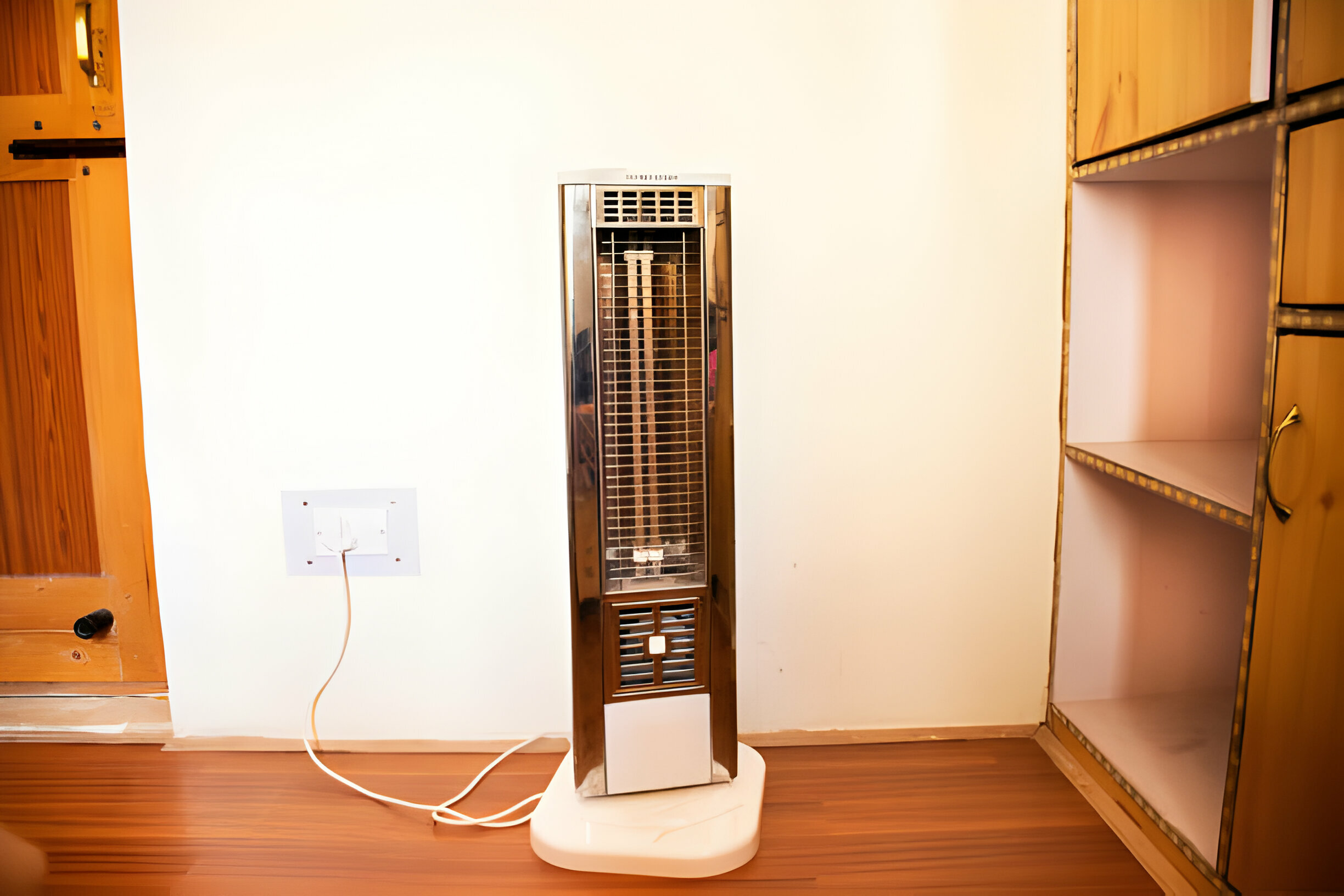
Typically portable fireplaces are categorized based on their fuel source. They include the following:
- Electric Fireplaces
First off, we have electric fireplaces, which use electricity to generate heat and produce realistic flames. They come in various styles, from wall-mounted units to freestanding stoves, and often offer additional features like adjustable flame brightness and remote control operation.
- Gel Fuel Fireplaces
Secondly, gel-fuel fireplaces, utilize gel-fuel canisters that burn cleanly and produce real flames without smoke or odor. These fireplaces are portable and require no ventilation, making them suitable for apartments or areas where traditional fireplaces are not feasible.
- Ethanol Fireplaces
On the other hand, Ethanol fireplaces burn bioethanol, a renewable and eco-friendly fuel, to produce real flames. These fireplaces do not require a chimney or gas connection, making them highly portable. Ethanol fireplaces are available in various styles, such as tabletop units, wall-mounted models, and freestanding designs. They offer flexibility in terms of placement and can add a contemporary touch to any space.
- Propane Fireplaces
Finally, propane fireplaces, which use propane gas as fuel to generate heat and flames. These fireplaces offer convenience and can be used both indoors and outdoors. Propane fireplaces come in different styles, including tabletop models, freestanding units, and even portable fire pits. They require propane tanks, which need to be refilled or replaced periodically.
Each type of portable fireplace has its own unique features and advantages, allowing homeowners to choose the one that best suits their preferences and heating needs. Consider factors like fuel availability, installation requirements, and desired aesthetics when selecting the right type of portable fireplace for your home.
Benefits of Portable Fireplaces

Portable fireplaces offer several advantages that make them an attractive option for homeowners and renters. Their benefits include:
- Easy Installation
Unlike traditional fireplaces, which require significant construction work, portable fireplaces are easy to install. They can be placed in any room without the need for chimney installation or complex venting systems.
- Portability
As the name suggests, portable fireplaces can be easily moved from one room to another or even taken to a different location, making them a flexible heating solution. This portability allows homeowners to enjoy the warmth and ambiance of a fireplace wherever they desire.
- Energy Efficiency
Many portable fireplaces are designed to be energy-efficient, using less electricity or fuel compared to traditional heating systems. Electric fireplaces, for instance, often come with adjustable heat settings, allowing users to customize the heat output according to their needs, thereby saving energy and reducing utility costs.
- Safety Features
Portable fireplaces are built with safety in mind. They typically include features such as cool-touch exteriors, automatic shut-off mechanisms, and child-lock settings to prevent accidents and ensure peace of mind.
Considerations when Choosing a Portable Fireplace
When selecting a portable fireplace, it is essential to consider the following factors:
- Heating Capacity
Determine the square footage of the area you intend to heat and choose a fireplace with an appropriate heating capacity to ensure optimal warmth. Consider factors like insulation and room layout to make an accurate assessment.
- Style and Design
Portable fireplaces come in various styles and designs to suit different aesthetic preferences. Whether you prefer a modern, sleek appearance or a traditional, rustic look, there is a portable fireplace that will complement your interior décor.
- Fuel Type
Evaluate the different fuel options available for portable fireplaces. Electric fireplaces offer convenience and easy operation, while gel fuel and ethanol fireplaces provide real flames and require no electricity. Consider factors like availability, cost, and safety when selecting the most suitable fuel type for your needs.
- Maintenance
Check the maintenance requirements of the portable fireplace you are considering. Electric fireplaces typically require minimal maintenance, while gel fuel and ethanol fireplaces may need occasional cleaning and fuel replenishment.
Environmental Considerations
When compared to traditional wood-burning fireplaces, portable fireplaces are generally considered more environmentally friendly. Electric fireplaces produce no emissions, while gel fuel and ethanol fireplaces burn clean fuels that result in minimal smoke and pollutants. However, it's important to consider the source of electricity for electric fireplaces. Opting for renewable energy sources can further reduce the environmental impact. Ethanol fireplaces offer the advantage of using a renewable fuel source derived from plant materials, making them a sustainable choice for environmentally conscious individuals.
Design Options and Customization
Portable fireplaces come in a wide range of designs, styles, and finishes to complement various interior aesthetics. From sleek and modern designs to classic and rustic models, there's a portable fireplace to suit every taste. Additionally, many portable fireplaces offer customization options such as adjustable flame intensity, color-changing LED lights, and even built-in media consoles for entertainment purposes. These design options allow homeowners to personalize their fireplace and create a focal point that enhances the overall ambiance and style of the room.
Cost Considerations
When considering the cost of portable fireplaces, it's important to factor in the initial purchase price as well as ongoing operational costs. Electric fireplaces generally have lower upfront costs compared to gel fuel or ethanol fireplaces. Gel fuel and ethanol fireplaces require regular fuel replenishment, which can increase their long-term operational costs. Additionally, it's important to consider the energy consumption of electric fireplaces and choose energy-efficient models to minimize electricity bills. Propane fireplaces have the additional cost of purchasing and refilling propane tanks. Evaluating both the initial investment and long-term expenses will help in making an informed decision.
Regulations and Safety Standards
It's important to familiarize oneself with local regulations and safety standards regarding the use of portable fireplaces. Some areas may have restrictions on the types of fuel or fireplaces allowed. Additionally, it's crucial to ensure that the portable fireplace you choose meets safety standards and carries relevant certifications. Look for safety features such as overheating protection, tip-over switches, and safety screens to prevent accidents. Adhering to safety guidelines and proper usage instructions will help ensure a safe and enjoyable experience with your portable fireplace.
Enhancing Safety with Portable Fireplaces
While portable fireplaces are generally safe, it is crucial to follow safety guidelines to prevent accidents:
- Keep flammable materials at a safe distance from the fireplace.
- Ensure proper ventilation in the room to minimize the accumulation of carbon monoxide.
- Follow the manufacturer's instructions regarding the use of fuels and cleaning procedures.
- Never leave the fireplace unattended while it is in operation.
- Install smoke detectors and carbon monoxide detectors in the vicinity of the fireplace.
Conclusion
Portable fireplaces offer a convenient and versatile heating solution for any home or space. With their ease of installation, portability, energy efficiency, and attractive designs, these fireplaces provide both warmth and ambiance without the need for extensive renovations. Choose the right portable fireplace to elevate your living space and enjoy the cozy atmosphere it creates.
Frequently Asked Questions (FAQ) about Portable Fireplaces
Are portable fireplaces safe to use indoors?
Yes, portable fireplaces are designed with safety features to ensure their safe operation indoors. However, it is essential to follow the manufacturer's instructions and guidelines to minimize any potential risks. Keep flammable materials at a safe distance and never leave the fireplace unattended while it is in operation.
Do portable fireplaces require any installation?
One of the advantages of portable fireplaces is their easy installation. They typically do not require complex installations or renovations like traditional fireplaces. Most portable fireplaces can be plugged into a standard electrical outlet or require minimal assembly.
Can portable fireplaces be used as the primary heating source in a home?
Portable fireplaces are not intended to be the primary heating source in large homes. While they provide supplemental heat and create a cozy atmosphere, they are best suited for heating smaller spaces or specific areas within a home.
Do portable fireplaces require any maintenance?
The maintenance requirements of portable fireplaces depend on the type and model. Electric fireplaces usually require minimal maintenance, while gel fuel and ethanol fireplaces may need occasional cleaning and fuel replenishment. It is essential to follow the manufacturer's guidelines regarding maintenance procedures to ensure optimal performance and safety.



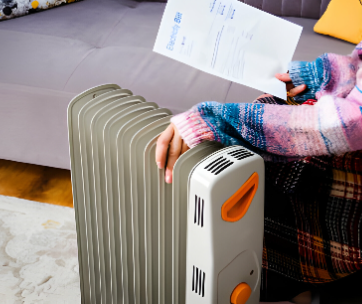
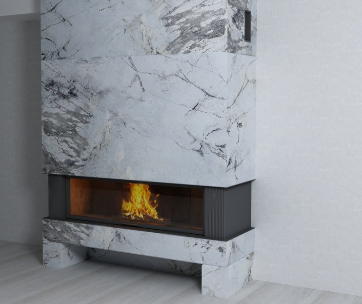
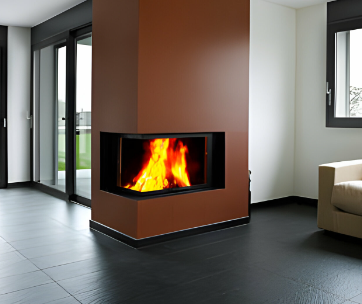

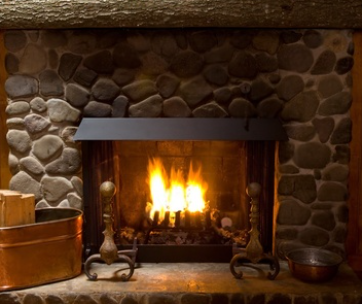

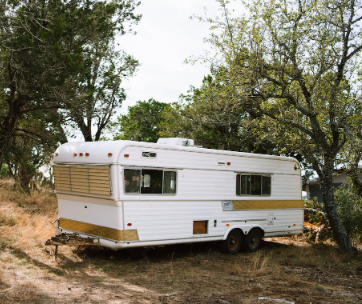
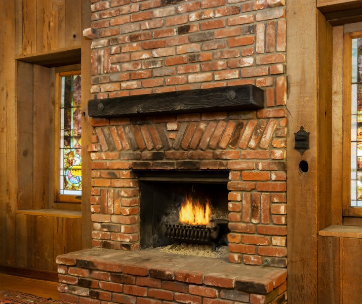
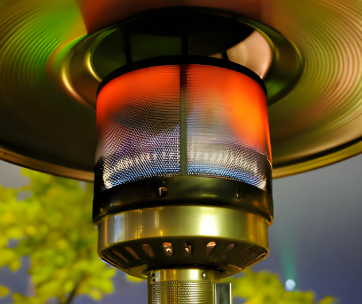
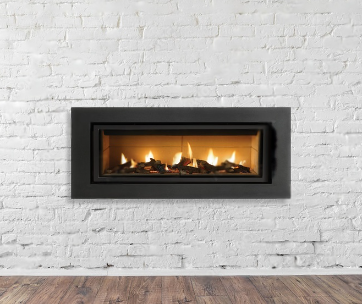
Comments